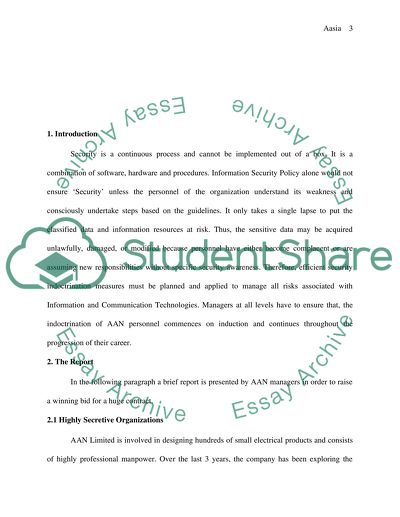Cite this document
(“Human Factors in Security Essay Example | Topics and Well Written Essays - 3500 words”, n.d.)
Retrieved de https://studentshare.org/information-technology/1392089-information-security-principles
Retrieved de https://studentshare.org/information-technology/1392089-information-security-principles
(Human Factors in Security Essay Example | Topics and Well Written Essays - 3500 Words)
https://studentshare.org/information-technology/1392089-information-security-principles.
https://studentshare.org/information-technology/1392089-information-security-principles.
“Human Factors in Security Essay Example | Topics and Well Written Essays - 3500 Words”, n.d. https://studentshare.org/information-technology/1392089-information-security-principles.


